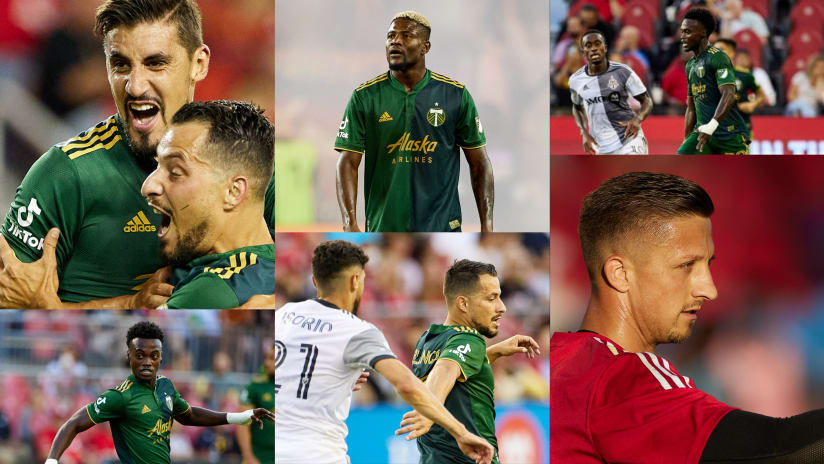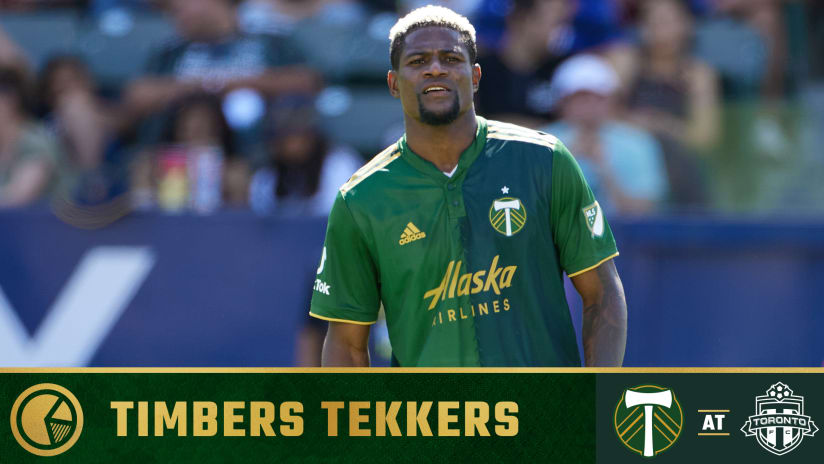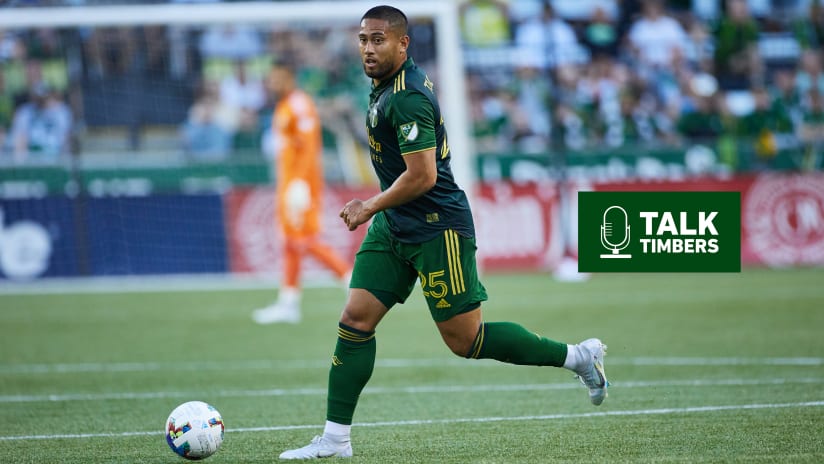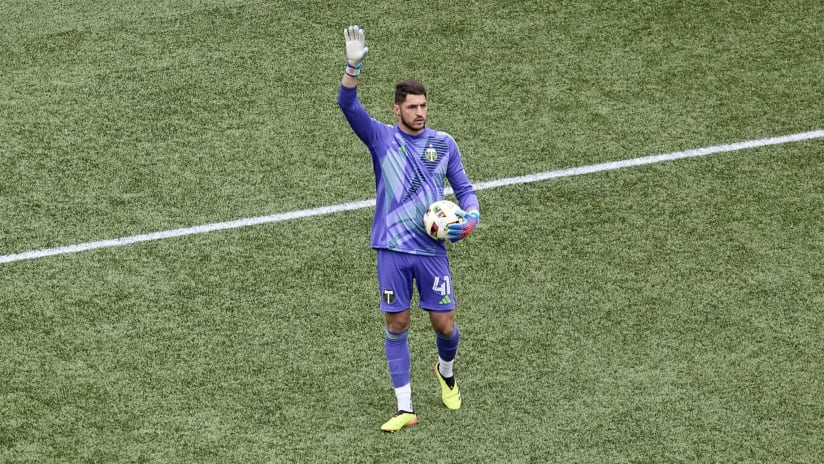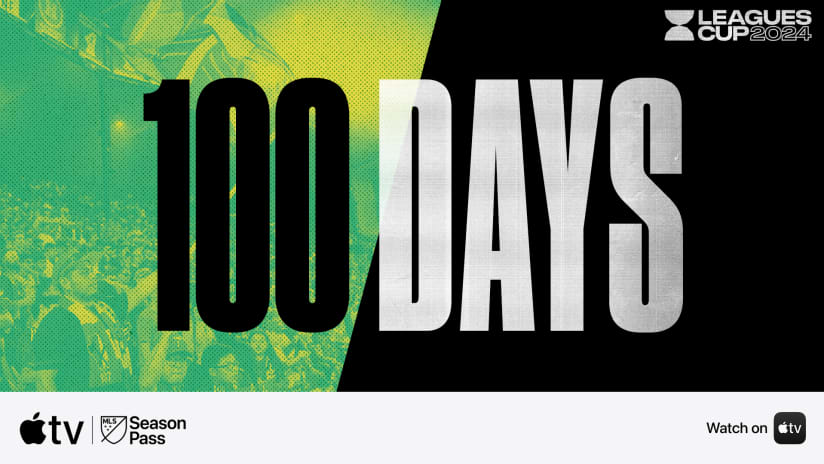PORTLAND, Ore. -- “You got to prepare for the toughest game, every game.”
Some weeks, Katherine Reynolds’ words are truer than others. Last week, on the road against a nearly full-strength North Carolina Courage team, Thorns FC faced an objectively tough opponent in their season opener.
Typically, a trip to face the Chicago Red Stars would be similarly fraught, but Saturday, Portland will be facing a team which, remarkably, is dealing with a direr situation than the Thorns (5:15pm PT, NWSLsoccer.com/go90).
U.S. internationals Julie Ertz (knee) and Casey Short (ankle) are both out for Chicago, as are attacking standouts Vanessa DiBernardo (pelvis) and Yuki Nagasato (hamstring). Stephanie McCaffrey will miss a second straight game with illness, while two offseason acquisitions, Rosie White (navicular fractures) and Sam Kerr (international duty), are also unavailable.
It may feel strange to put Sam Kerr, arguably the best player in the world, last on that list, but her situation may be the least concerning of the bunch. At least the Red Stars know when she’ll be back (the last week of April). Most of the team’s other absences are surrounded by doubts.
Thorns fans have gotten used to the pain of a team without its stars. Players like Andressinha, Tobin Heath and Hayley Raso have yet to appear in red this year. Caitlin Foord will be out for months. Emily Menges and Meg Morris are temporarily on the shelf, while even if Ellie Carpenter wasn’t on international duty, she’d be too young to suit up.
For most of those players, though, there is some certainty as to when they’ll be back. Almost all of them should be back within the fold over the next month. With Chicago, though, these first months could prove the defining part of their season.
That state makes the Red Stars a type of wounded animal, one that’s easy to take for granted. Thorns head coach Mark Parsons has no intention of doing that, though, having seen, last weekend, what happens when a team is underestimated.
“We can’t do what Carolina did,” he said, before the Thorns’ trip to Chicago. “I think Carolina weren’t ready for us to come out and be an organized, hard-working team and show the quality that we did. We can’t do that.
“Whoever [Chicago] have on the field, whenever we’ve played Chicago, in the last five years I’ve played against Rory, they’re always organized, they always have a way to stop you. They always have a way to hurt you. They’ll be no different.”
In the past, that has meant some certain guarantees for Chicago: a 4-4-2 formation, playing a diamond midfield, that presses high and tries to push you into certain traps on the field. Once there, the Red Stars collapse, turn you over, and then put talents like DiBernardo and the now-departed Christen Press in places to hurt you.
“It really forces you to make quick decisions, and maybe decisions you wouldn’t have otherwise made,” Reynolds said. “You have find new ways to get out of their trap, get out of their press.”
Everybody knew this about Chicago. There were no secrets, but there were also no obvious solutions. If you were going to beat the Red Stars, you were going to have to play better than them, pure and simple -- part of the reason the Red Stars are the only NWSL team to qualify for the last three postseasons.
This season, however, Dames has elected to change things up, going to a 4-3-3 formation that is designed to play a cleaner, more technical brand of soccer. With Kerr up top, DiBernardo and Ertz just behind, Chicago was going to be a more dynamic team, leveraging those talents along with the team’s other standouts: defensive midfielder Danielle Colaprico, fullbacks Casey Short and Arin Gilliland, and attacker Sofia Huerta.
Now, thanks to his injury situation, Dames is left with a dilemma: go back to the system his team knows, which could allow them to grind out a few early-season results, or stick with the system he implemented this preseason, and hope for a pay-off long-term.
Whatever his plan, Parsons will prepare his team for each approach.
“They’ll have a decision on whether they stick to their 4-3-3, which caused us problems in preseason, or they go back to the diamond,” Parsons predicted. “That’s more familiar, but that’s a shape that we’ve had success [against]. This 4-3-3 that they’ve rolled out probably caused us a bit more problems because we hadn’t been as used to it. We’re used to the diamond against Chicago; the 4-4-2 …
“We need to prepare for both in case they start and slip into the other one.”
However the Red Stars set up, Parsons knows the same principles will be in place. The want to play with the ball will be there, as will a level of organization that distinguishes Chicago’s approach.
“There are probably only a couple of teams that are really, unfortunately – and I mean this, unfortunately – that are tactically hard to play against, in the league,” he explained, “and Chicago is always tactically hard.”
What to watch for
- In the face of Chicago’s press, left-center back Kelli Hubly could be a key player, should she get her second NWSL start. A Chicago native, Hubly will enjoy a homecoming, of sorts, but she’ll also be tasked with making quick decisions as play moves to her side of the field. North Carolina’s Lynn Williams and Jessica McDonald offered a good preview of what Hubly could expect, but as Parsons and Reynolds said, Chicago’s organization is often on another level.
- The middle of the park should offer two interesting battles, both with the potential to turn Saturday’s game. Close to Portland’s goal, Lindsey Horan’s ability to provide options for her defenders could prove crucial, but it will also be something that Huerta will try to curtail. In the absences of DiBernardo, Ertz and Nagasato, Huerta is being pressed into more of a number 10’s role, and while she has the skillset to handle the job, the demands of dealing with Horan are often on a different level.
- Closer to Chicago’s goal, Colaprico will face similar demands from Christine Sinclair. Although the Thorns captain doesn’t find herself on the ball as much as Horan, her movement can, in its own way, be more challenging. Whether its dropping deep to help build play or trying to find space in the penalty box, Sinclair’s positioning always has to be accounted for, and while Colaprico will often be tasked with doing so, Chicago’s shape demands she not let herself be pulled all over the park.
- For all of Chicago’s issues, right now, the bulk of their defense is still in place. In goalkeeper Alyssa Naeher, center backs Sam Johnson and Katie Naughton, and fullbacks Arin Gilliland and Taylor Comeau, Portland faces a back five that is just as capable as North Carolina’s, and while the shot disparity that defense helped build last week may have been deceptive, Portland did leave Cary in search of their season’s first goal.



